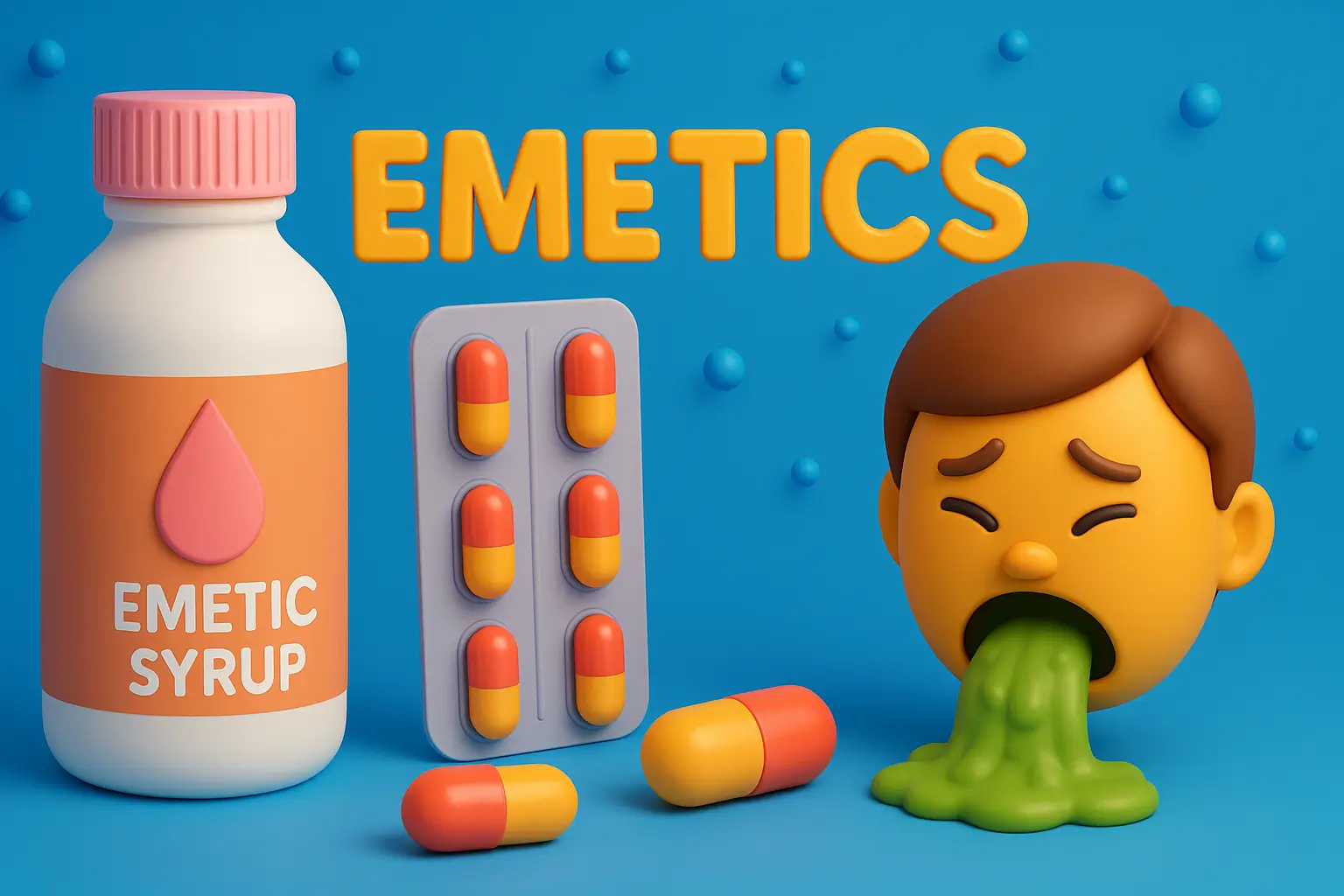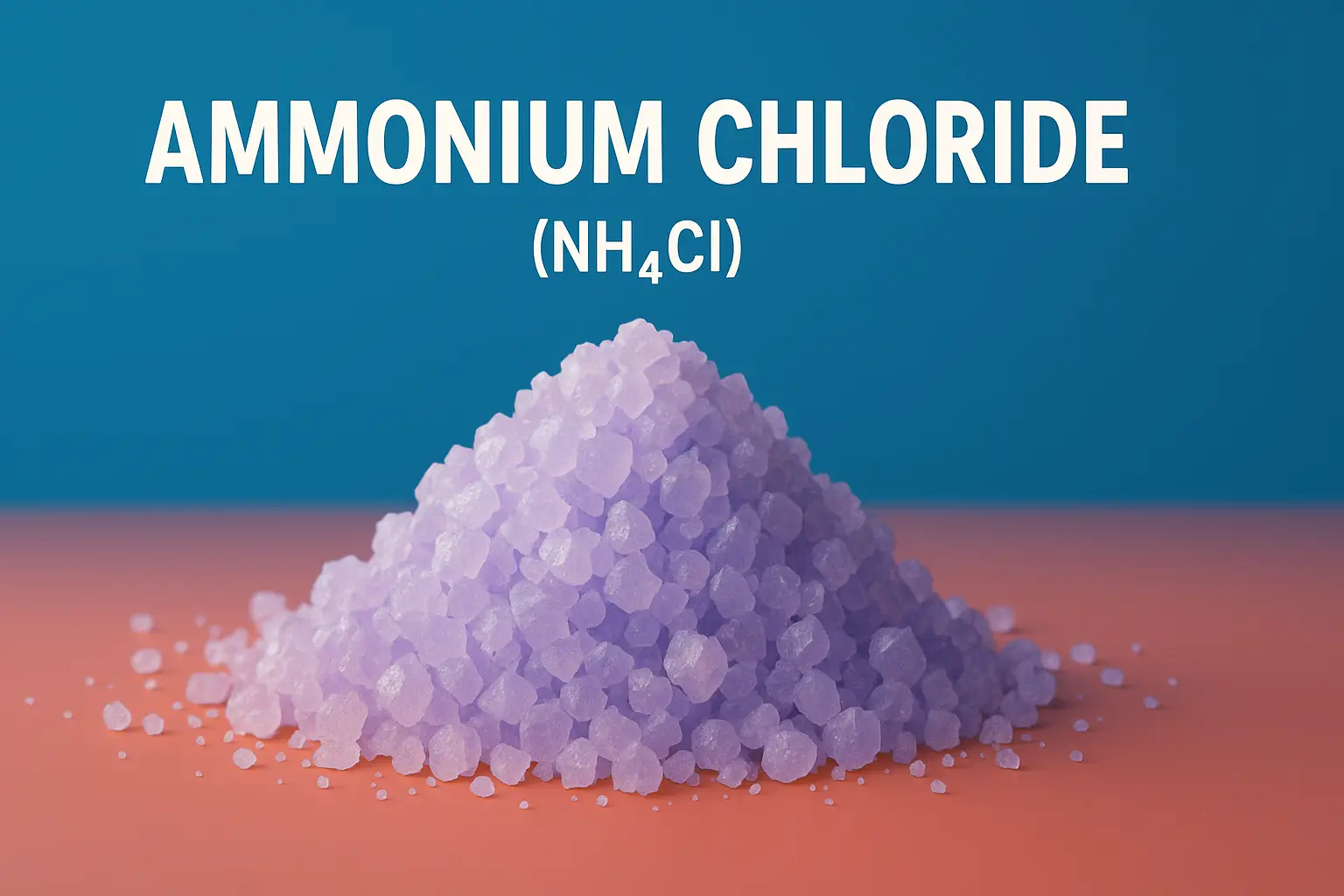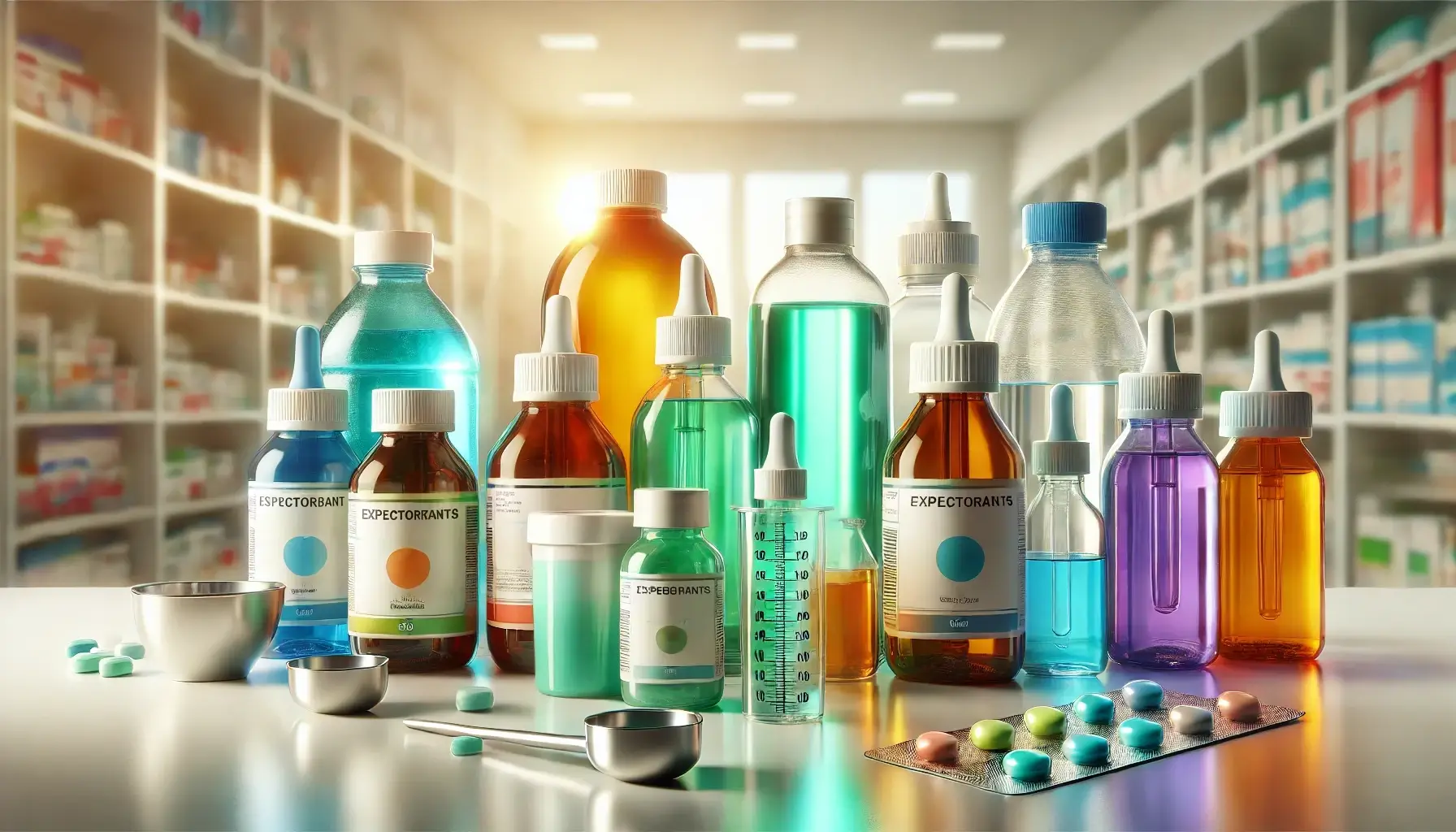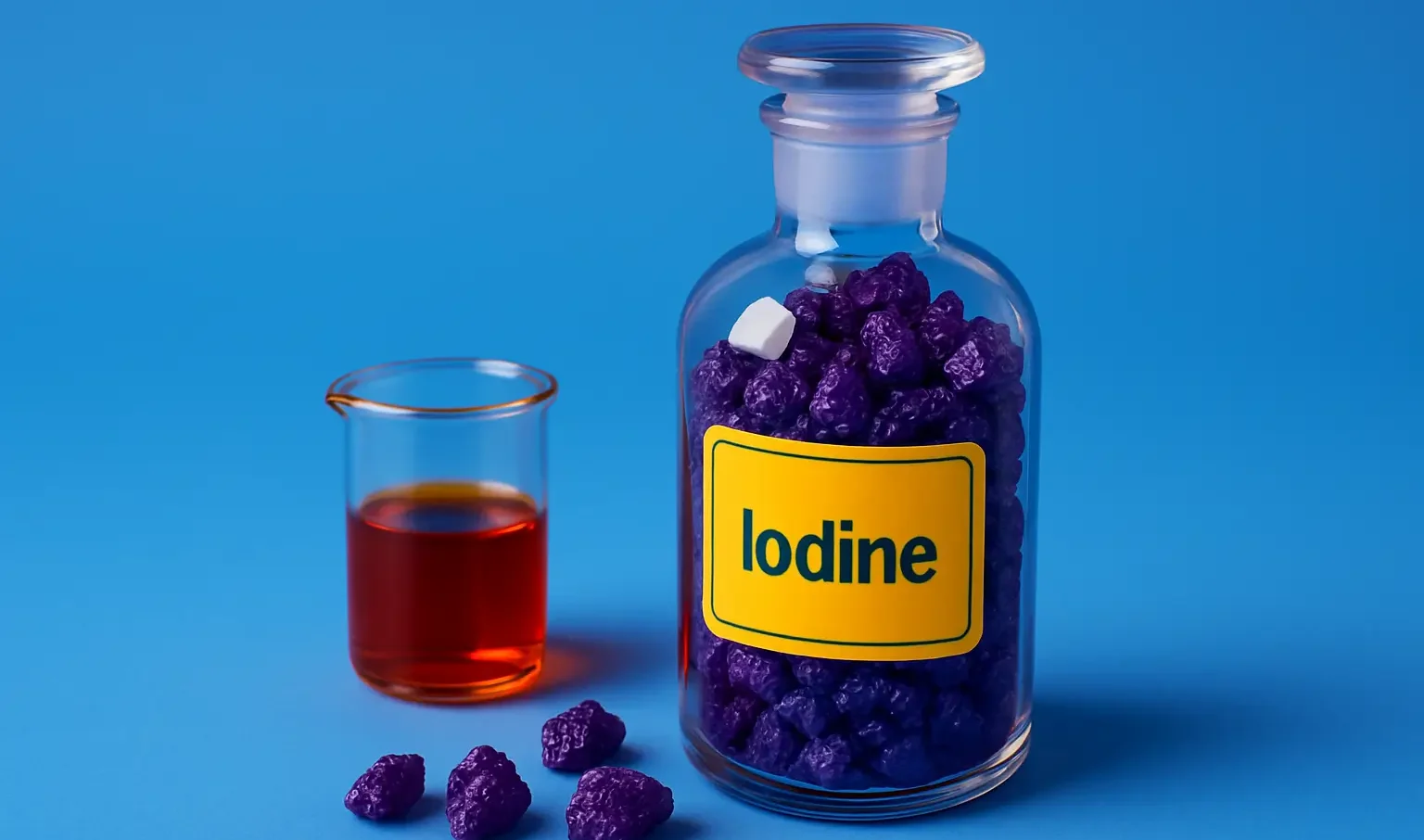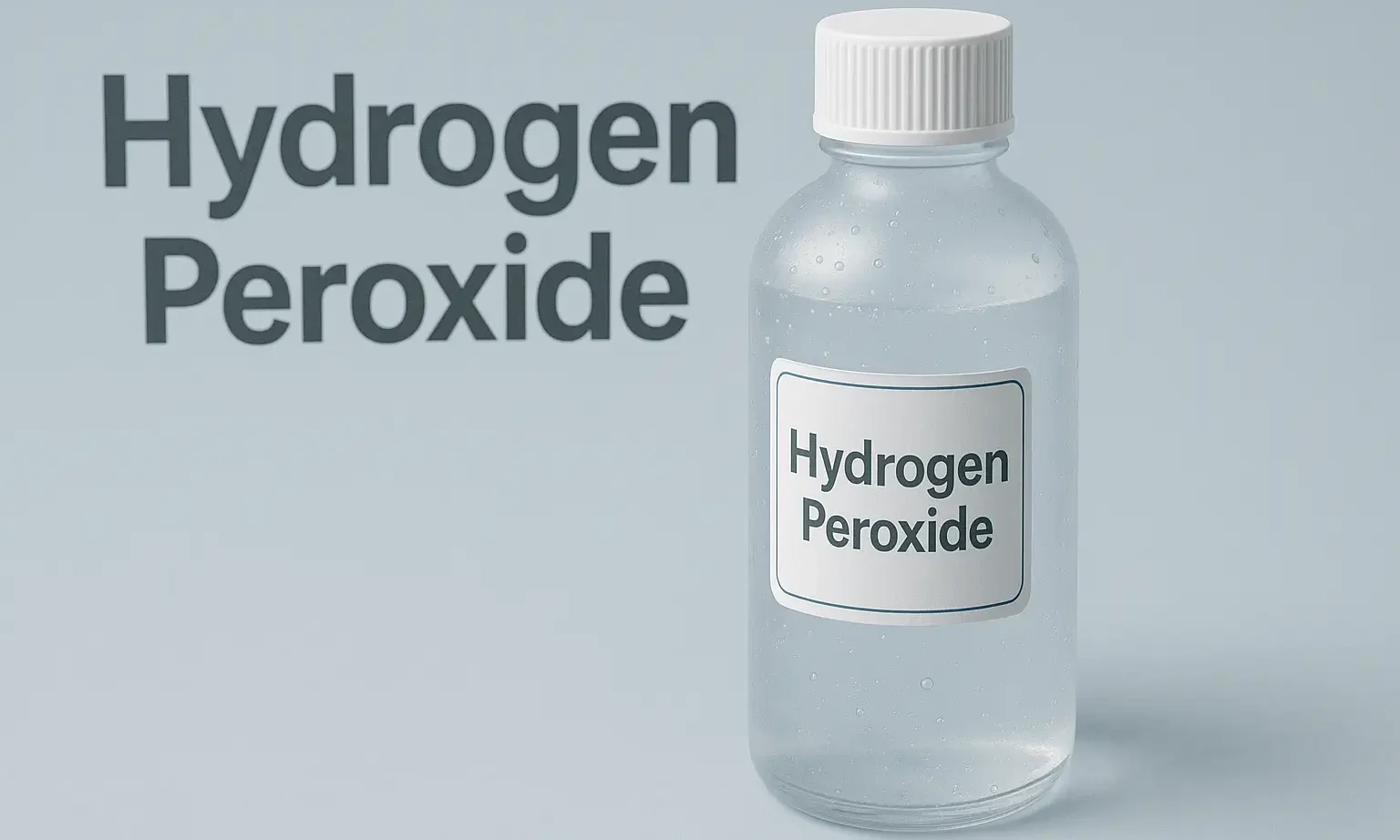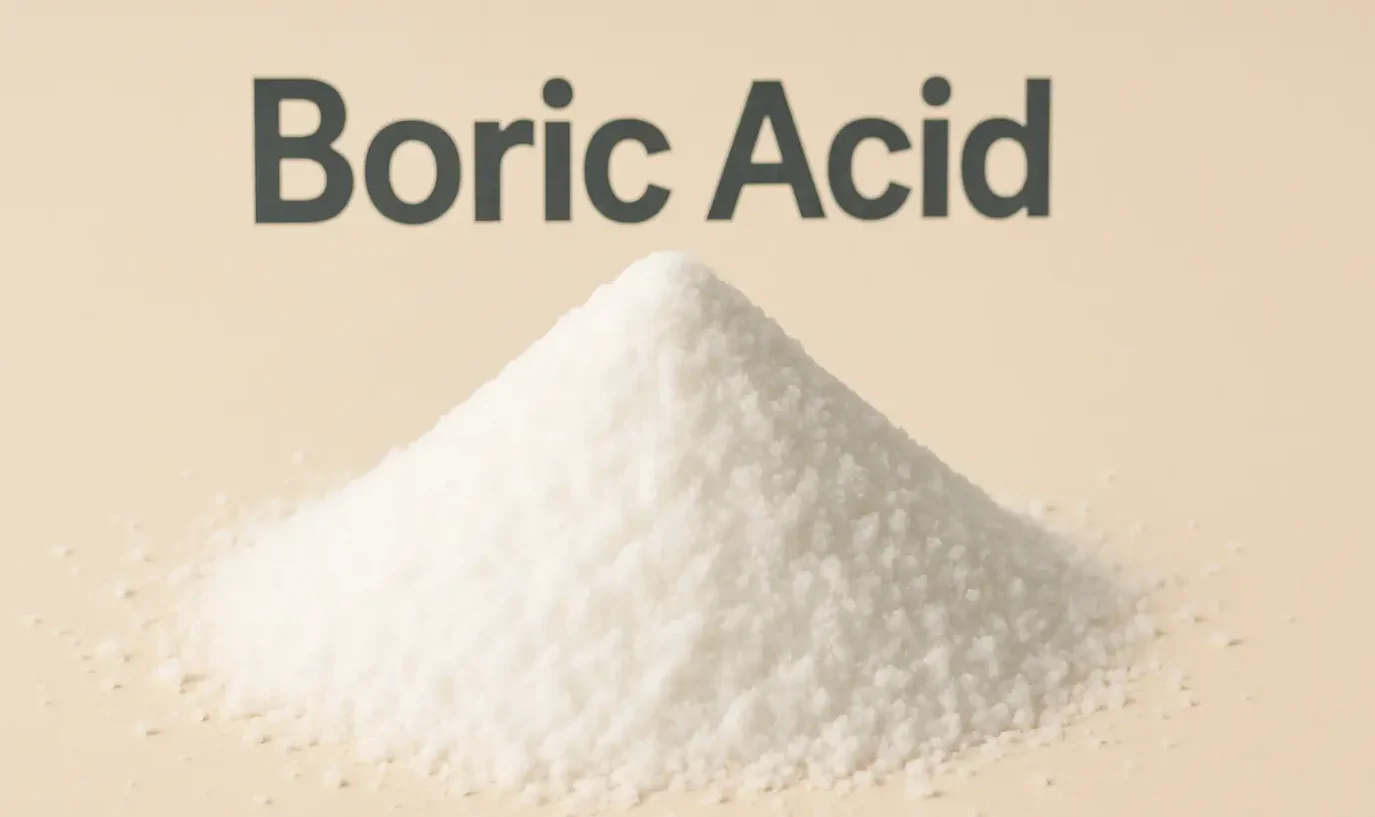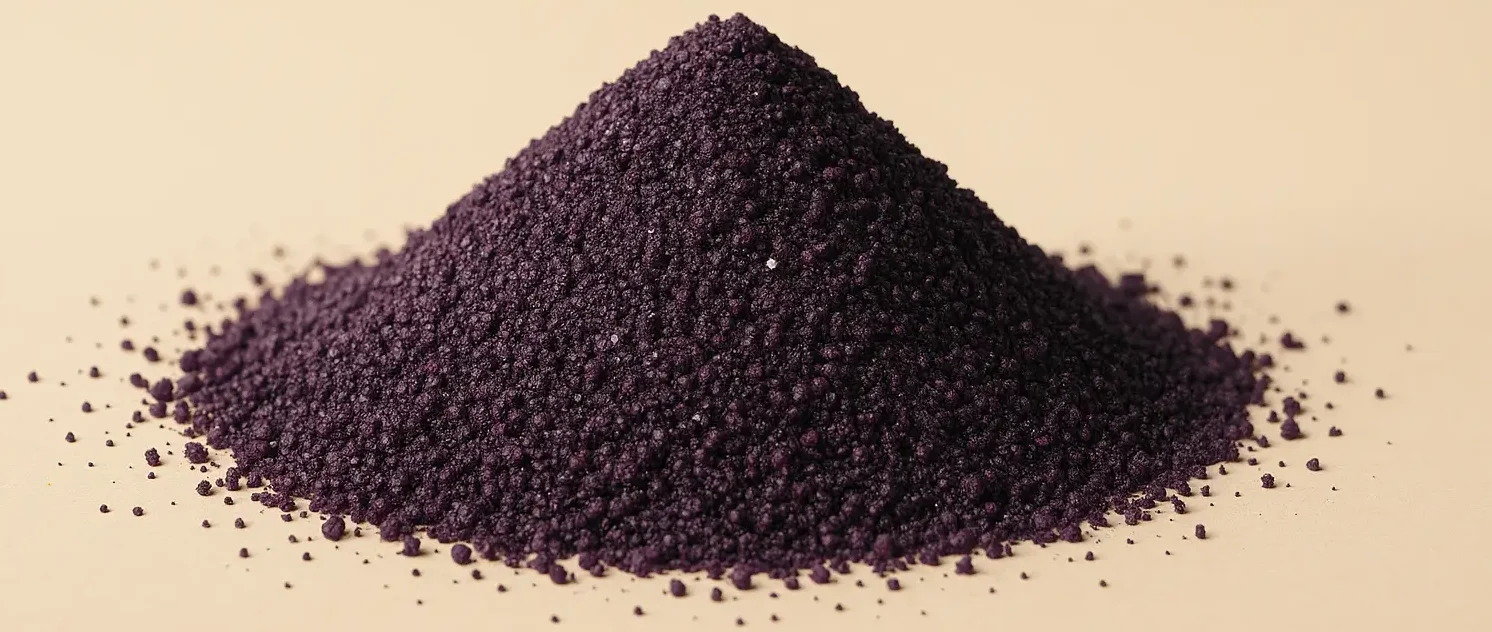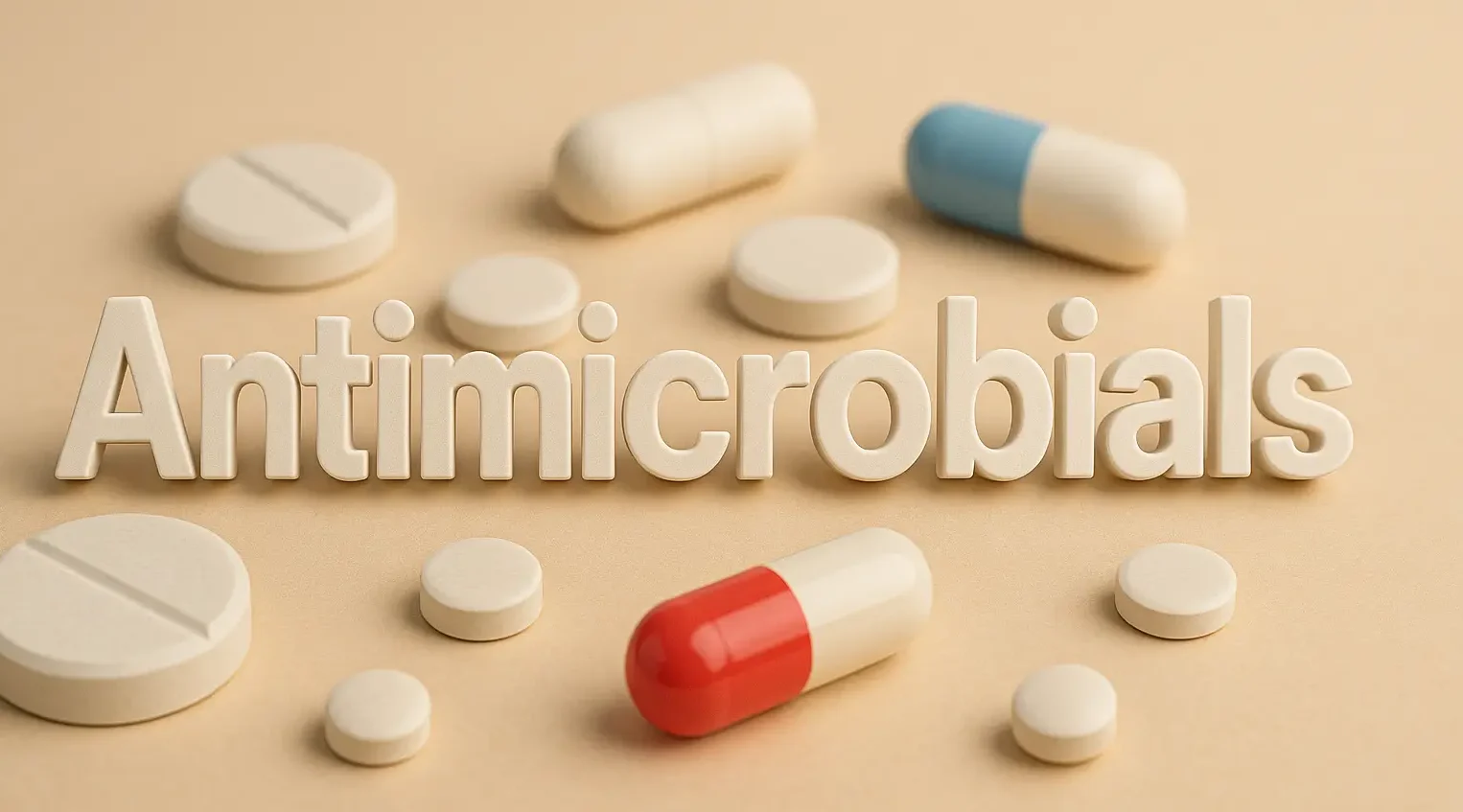Copper Sulfate (CuSO₄)
Preparation of Copper Sulfate: Copper sulfate can be prepared by: Reacting copper metal with hot concentrated sulfuric acid: Cu + 2H2SO4 → CuSO4 + SO2 + 2H2O Reacting copper oxide with dilute sulfuric acid: CuO + H2SO4 → CuSO4 + H2O Properties of Copper Sulfate: Physical Appearance: Blue crystalline solid when hydrated (CuSO₄·5H₂O) and a … Read more


